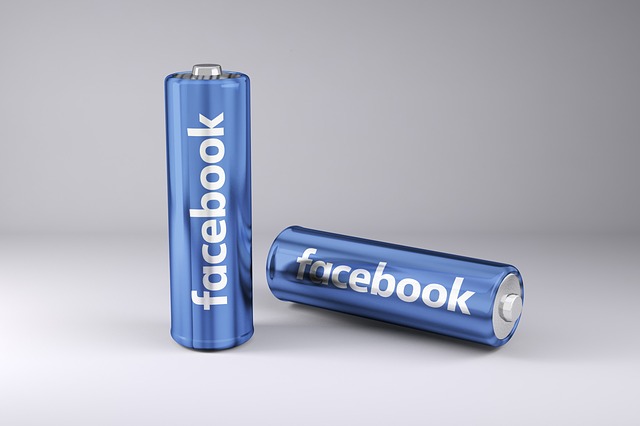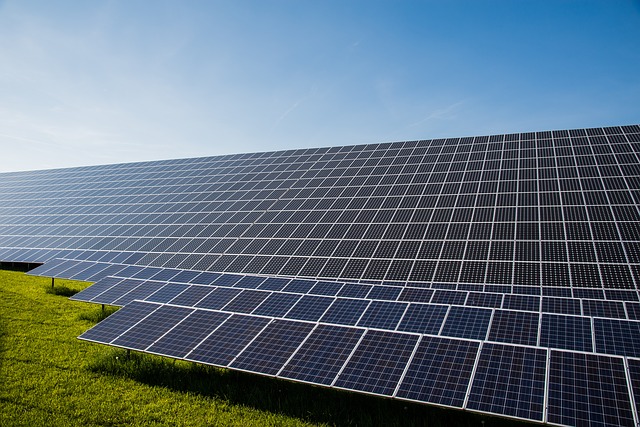Lithium Ion Battery Jump Pack Definition and Application
Dec 27, 2019 Pageview:1321
What is the best lithium ion jump starter?
The uncomfortable experience when your vehicle or motorcycle battery goes dead while you are in the middle of the road can be overwhelming. If you have experienced it before then definitely you are thinking about getting a starter pack. Lithium-ion starter packs have so many advantages over the conventional jump starters. They are lighter in weight, have a smaller body and are multifunctional. Especially if you have a motorcycle and space is already tight. Getting a Lithium-ion jump starter, in that case, is the more convenient solution.
As we mentioned before there are numerous types of Lithium-ion jump starters. However, here we tried to bring you the best one on the market in 2019. Our choice would be the BEATIT 2200Amp QDSP Jumpstarter.
BETIT 2200Amp QDSP car jump starter is considered one of the best car jump starters in 2019. As a power bank, it is powerful enough to even supply some small house devices with power. One incredible feature that we found quite appealing about this car battery booster pack is its compact design. When going through mini jump starter reviews you will come across devices that have several moving parts making them quite hectic to operate and store. Due to its compact design, The BEATIT jump starter is easy to use and store. It uses an advanced lithium-ion battery technology that ensures it is long-lasting and quite powerful. When compared to other similar products, it is more reliable and up to 3X stronger. The battery has never disappointed me after almost a year of service which is incredible. Amazingly the BETIT 2200Amp QDSP car jump starter can jump start your car’s flat battery up to 30 times in under 3 seconds after just a single charge. This feature is pretty incredible because you never have to worry about calling a towing truck ever again.
Can you jump start lithium ion battery?
Lithium-ion batteries are a problematic part of modern electronic devices. Unfortunately, until the moment these lines were written, there is no technology better than Lithium-ion to be used in batteries. Lithium-ion batteries have the tendency to lose capacity over time, this problem is called "aging of the battery". Unfortunately, it is irreversible and unavoidable.
To fully understand what really happens inside a Lithium-ion battery, we need to know the chemistry behind it. Anything that happened inside of a battery is a chemical reaction. The negative electrode is made of graphite material "same material found in your pencil". The positive electrolyte is made of a lithium transition metal oxide material. In healthy Li-ion batteries, ions flow freely between the two plates, the cathode "negative side", and the anode "positive side". This flow is what causes energy. When charging the battery, ions are forced to reverse their paths to flow from the cathode to the anode instead, using what is called the battery reverse flow.
Over time, this process -the reverse flow- wears the cathode down, which in return reduces the battery capacity. For high-end Li-ion batteries, after you hit the 1000 charge cycle, the capacity is reduced to only 20% of its original capacity. To fully imagine this process, imagine that whenever you recharge your electronic device you shave a few seconds of its maximum battery life. Take into consideration that discharging and charging your battery in erratic weather conditions will decrease your battery's life span dramatically.
A Li-ion battery is in a state of constant lose of charge -unless you are charging it-. According to Cadex Electronics, a battery testing firm, fully charged Li-ion battery will lose around 20% of its capacity when stored for a year in optimum conditions. And an empty Li-ion battery will fall into a deep discharge state, where the battery's protection circuit will kick in locking the battery and its ability to recharge once again. To recharge a battery reached a deep discharge state you have to go to a specialist at it is a safety hazard to try to do it yourself.
The degradation of Li-ion batteries has nothing to do with the structural degradation of the electrode materials inside the battery during the charge and discharge cycles.
When a given Li-ion battery becomes over discharged, it oxidizes the cells inside of it. This oxidization of the cells is what makes them perform very poorly. Once again as we mentioned before, the longer you leave your Li-ion battery in a state of discharge, the worse the condition. However, if you catch the battery quickly enough, you can probably rescue it without any significant damage to it.
To rescue an over discharged battery you would need the following:
A Li-ion compatible charger.
A NiMH capable charger.
Steps to rescue a fully discharged Li-ion battery:
Connect the main plug of the Li-ion battery to the NiMH charger.
Charge the battery with the lowest possible current, like 0.1A.
Set the charging voltage to the closest voltage to the nominal voltage of the battery.
When the battery is charging, take note of the voltage number that appears on the screen of the charger; once the number reaches 3V unplug the battery immediately.
Test the battery with the standard Li-ion charger, you would find the charger recognizes it. Which means that the battery is no longer in the over discharged rate.
You can use the balanced Li-ion charger after that to charge your battery to its full capacity.
How many amps are needed to jump-start a car?
400 amps are probably enough to start most small to midsize CARS and the smallest of SUVs and trucks. To start "bigger" vehicles you will probably need the 1000 amp unit. The battery for your car is picked out by the engineers so it's cold-cranking amps (CCA) number is bigger than the needed amps to start the engine.400 amps are probably enough to start most small to midsize CARS and the smallest of SUVs and trucks. To jumpstart "bigger" vehicles like trucks you will probably need an average of 1000 amp unit. The battery for your car is picked out by the engineers so it has a cold-cranking amps (CCA) number that is bigger than the needed amps to start the engine after all.
Leave Message
Hottest Categories
-
Hottest Industry News
-
Latest Industry News












